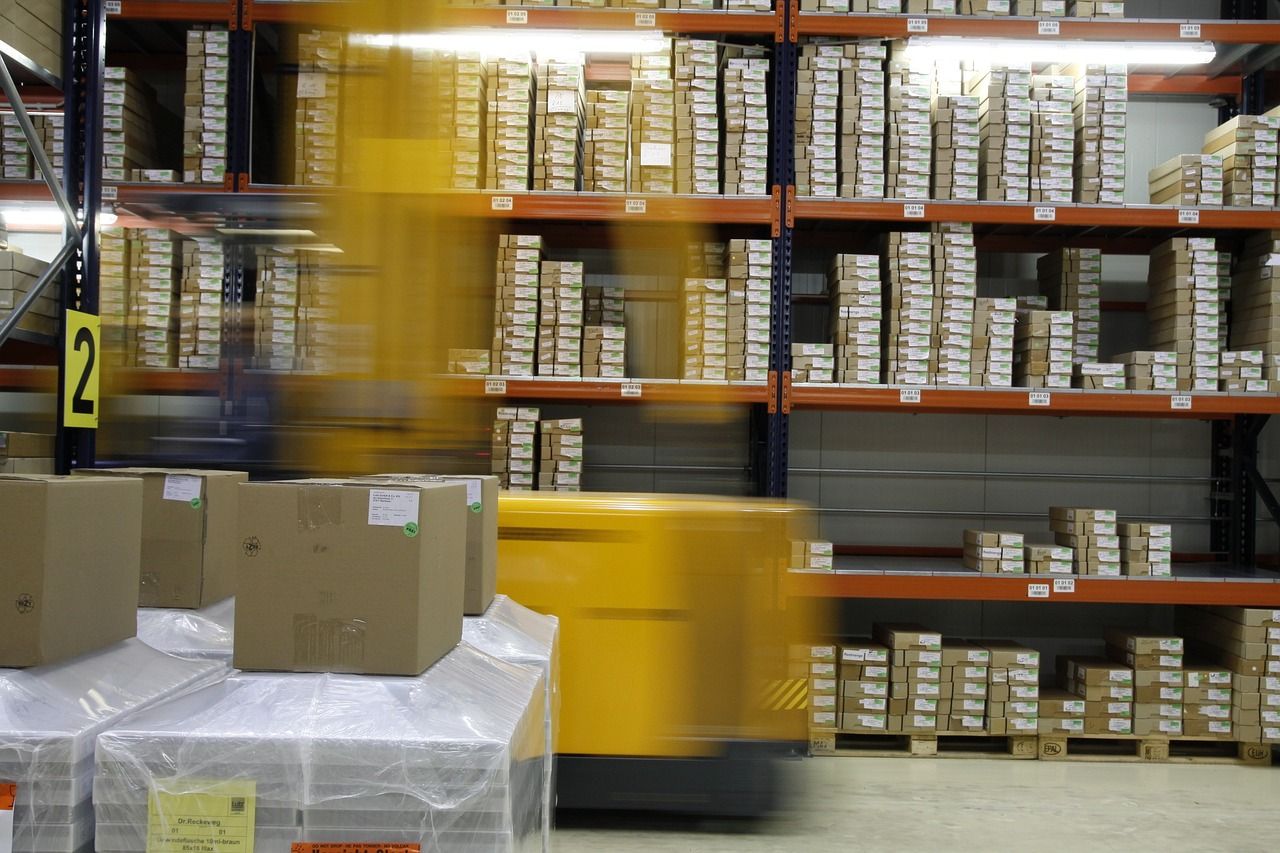business resources
Exploring the Key Components of Modern Warehouses
29 Jan 2024, 3:21 pm GMT
The warehousing world has undergone a significant transformation over the past few decades. Gone are the days of large, dimly lit buildings filled with static storage racks and manually operated equipment. Today's warehouses are increasingly becoming complex logistics centers equipped with cutting-edge technology and sophisticated systems to handle the growing demands of global commerce. From automated robots to advanced inventory management software, these modern facilities have revolutionized how goods are stored, organized, and shipped. In this blog post, we will delve into the essential components of a modern warehouse and explore how they have changed how businesses operate in today's fast-paced market.
1. Efficient Layout Design
The layout design of a warehouse is crucial in maximizing operational efficiency, with pallet racking and fabrication being essential aspects. The folks at Tigermaterialhandling.com recommend considering the type of inventory, storage density, and handling equipment when designing a warehouse layout. Pallet racking systems, such as selective, drive-in, and push-back racks, are widely used in modern warehouses to optimize vertical space utilization while allowing quick access to goods. Fabrication materials like steel and aluminum are also commonly used for constructing racking systems that can withstand heavy loads and provide durability.
2. Advanced Inventory Management
Gone are the days of manually counting inventory and relying on paper records. With the help of sophisticated software systems, warehouse operators can track items in real-time, ensuring accurate stock counts and reducing the possibility of inventory errors. These systems also facilitate efficient placement and retrieval of goods, utilizing algorithms that consider product demand and shelf life factors.
Moreover, they can integrate with other business systems, providing a seamless flow of information across departments. Adopting advanced inventory management systems saves time, reduces human error, and significantly improves customer satisfaction by ensuring timely and accurate delivery of products. Thus, this component plays a vital role in enhancing the overall operational efficiency of modern warehouses.
3. Automated Material Handling
Automated material handling equipment has become increasingly prevalent in modern warehouses. These machines, such as conveyor systems, automated guided vehicles (AGVs), and robotic picking systems, have significantly improved the speed and accuracy of handling goods. They can efficiently transport goods within the warehouse and even load and unload trucks, reducing manual labor and enhancing safety.

Additionally, these machines are equipped with sensors and cameras, allowing them to operate autonomously and navigate the warehouse without human intervention. Not only do they save time and labor costs, but they also reduce the risk of human error, minimizing costly mistakes.
4. Intelligent Warehouse Management Systems
As technology continues to advance, so do the capabilities of warehouse management systems (WMS). These software solutions provide real-time visibility into inventory levels, order status, and fulfillment processes. They can also automate tasks such as picking and replenishment, further streamlining operations.
WMS can also generate detailed reports and analytics that help warehouse managers make informed decisions about inventory allocation, labor management, and overall warehouse performance. With the integration of artificial intelligence (AI) and machine learning, WMS can continuously optimize warehouse operations by analyzing data and making predictions based on historical patterns. This intelligence enables warehouses to adapt quickly to changing market demands and make strategic decisions that improve efficiency and profitability.
5. Integration with E-commerce
The rise of e-commerce has significantly impacted the warehousing industry, especially in terms of order fulfillment. With the growing demand for online shopping, warehouses have had to adapt to handle smaller and more frequent orders. As a result, modern warehouses are increasingly integrating with e-commerce platforms to streamline the fulfillment process.
This integration allows orders to be automatically transmitted to the warehouse, and inventory levels can be updated in real-time. This allows for faster and more accurate order processing, ultimately improving customer satisfaction. E-commerce integration also provides warehouses with valuable data insights on consumer buying behavior, enabling them to adjust their operations accordingly.
6. Implementation of Green Practices
Sustainability is increasingly becoming a significant consideration for modern warehouses. Many facilities are implementing eco-friendly practices to reduce their environmental footprint. This includes using energy-efficient lighting and equipment, solar panels for power generation, and waste management programs to recycle and repurpose materials.
Some warehouses are even exploring using electric vehicles (EVs) for transportation to lower greenhouse gas emissions. By adopting these green practices, warehouses contribute to environmental conservation, improve their brand image, and realize cost savings in the long run.
As the demands of global commerce continue to evolve, so will the components of modern warehouses. By staying at the forefront of technological advancements and embracing innovative solutions, these facilities play a crucial role in enabling businesses to thrive in today's competitive market. So, whether you are a warehouse operator or a business owner looking for ways to improve your supply chain operations, it is essential to understand and leverage the critical components of modern warehouses for success.
Share this
Arthur Brown
Writer
A dad of 3 kids and a keen writer covering a range of topics such as Internet marketing, SEO and more! When not writing, he's found behind a drum kit.
previous
Make Your Premises More Secure With These Practical Tech Solutions
next
7 Things to Consider When Hiring a Motorcycle Accident Attorney